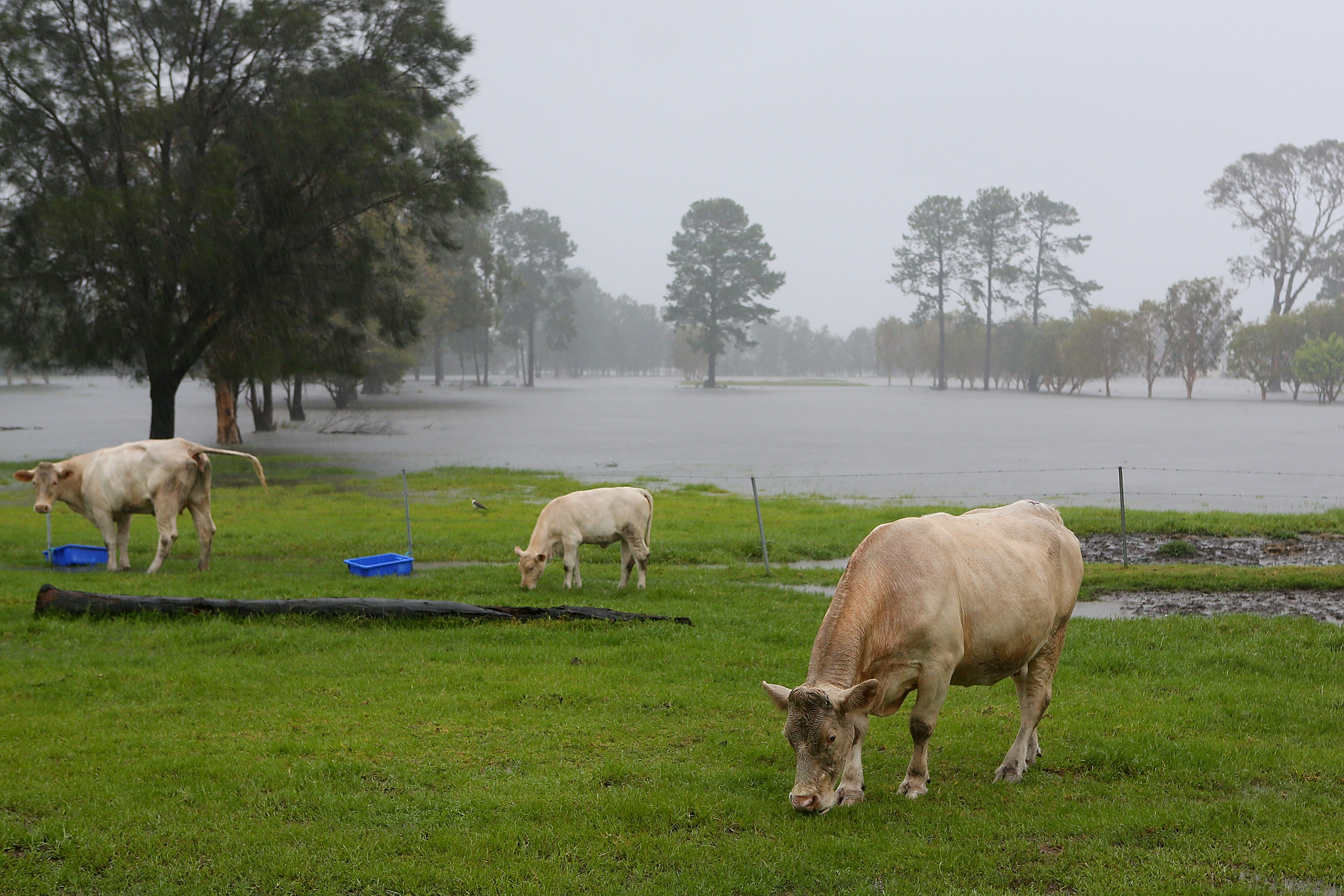
How does the weather affect the amount of cow and sheep milk?
The weather can have a significant impact on the amount of milk produced by cows and sheep. Various weather conditions, such as temperature, humidity, and precipitation, can affect the overall well-being and productivity of these animals. Let’s delve into how different weather factors influence the milk production in cows and sheep.
Temperature:
Temperature plays a crucial role in milk production for both cows and sheep. Extreme temperatures, whether hot or cold, can have adverse effects on milk production. In hot weather, cows and sheep can experience heat stress, which negatively affects their milk production. High temperatures can lead to reduced feed intake, dehydration, and increased respiration rates, all of which contribute to a decrease in milk production. Heat stress can also impact the nutritional quality of the milk, resulting in higher somatic cell counts and decreased milk fat content.
On the other hand, cold temperatures can also impact milk production. Cold weather can cause cows and sheep to burn more energy to maintain their body temperature, diverting energy away from milk production. Cold stress can also lead to decreased feed intake and metabolic changes in the animals, resulting in reduced milk production.
Humidity:
Humidity levels can also influence milk production in cows and sheep. High humidity, especially in combination with high temperatures, can exacerbate the negative effects of heat stress. When humidity is high, animals find it more challenging to dissipate heat through sweating and panting, leading to increased heat stress and reduced milk production. Proper ventilation and cooling systems are essential in humid conditions to alleviate the negative impacts on milk production.
Precipitation:
Precipitation, such as rainfall and snowfall, can indirectly affect milk production by impacting the availability and quality of forage. Excessive rainfall can lead to waterlogged pastures, making it difficult for cows and sheep to access food. It can also result in a decrease in the nutritional value of the forage, as excess moisture can cause leaching of nutrients from the soil. Similarly, heavy snowfall can make grazing challenging, requiring farmers to provide additional feed, which can impact overall milk production.
Seasonal Changes:
Seasonal changes in weather patterns also influence milk production. In many regions, the availability and quality of pasture vary throughout the year. During the spring and summer seasons, when temperatures are moderate, and there is an abundance of fresh, nutrient-rich forage, cows and sheep tend to produce more milk. In contrast, during the winter months, when forage availability decreases and animals rely more on stored feed, milk production may decline.
Management Practices:
While weather conditions have a significant impact on milk production, farmers can implement various management practices to mitigate these effects. Providing adequate shade and cooling systems during hot weather, ensuring proper ventilation in barns, adjusting feed rations to meet the animals’ nutritional needs, and ensuring access to clean water at all times can help minimize the negative effects of weather on milk production.
Conclusion
In conclusion, the weather, including temperature, humidity, precipitation, and seasonal changes, can have a notable impact on the amount of milk produced by cows and sheep. Extreme temperatures, high humidity, and adverse weather conditions can lead to heat or cold stress, reduced feed intake, and metabolic changes, resulting in decreased milk production. However, with proper management practices, farmers can mitigate these effects and ensure the well-being and productivity of their animals.

